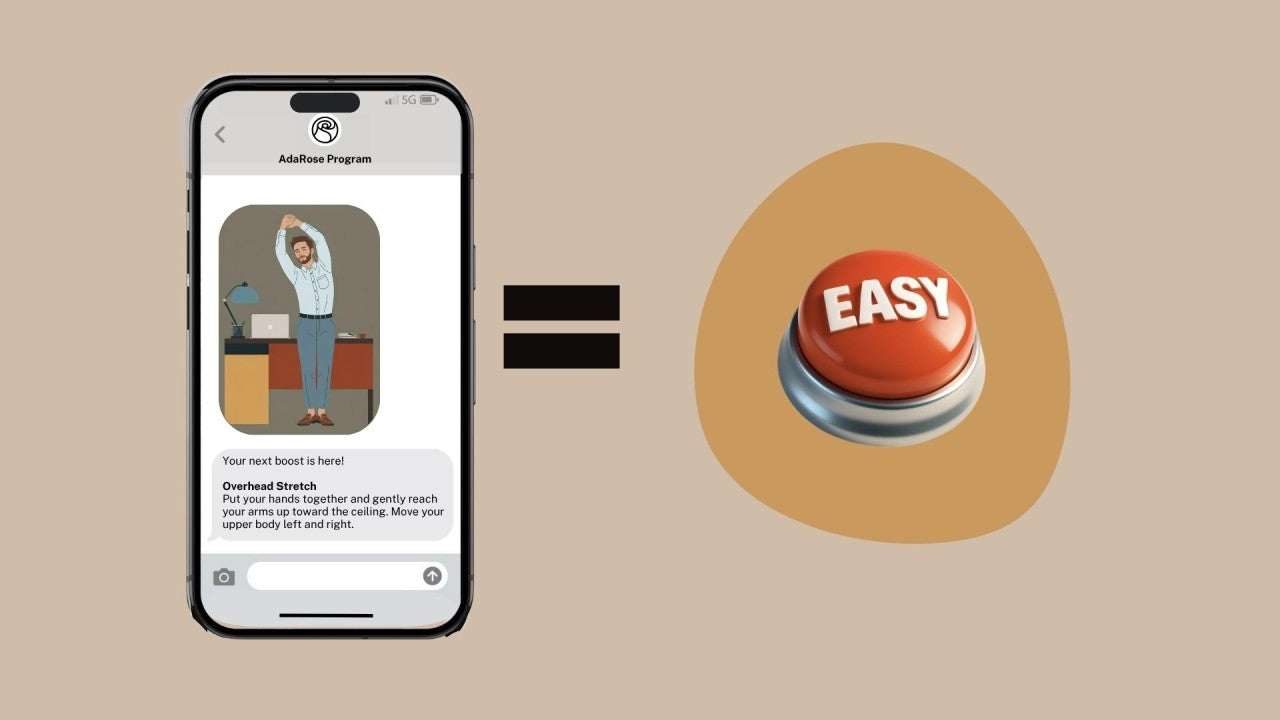The American Dental Association recommends brushing your teeth twice per day for two minutes. While most people agree on that recommendation, some folks have strong opinions on whether to use a good old-fashioned manual toothbrush or an electric one.
Technology can definitely enhance your quality of life, but is it always necessary? There are pros and cons of any technology, or you may just have a downright preference for the classic “unplugged” or the cutting edge “plugged in” toothbrush version. Since AdaRose is all about the intersection of health and tech, let’s examine this further.
Where do you stand on the Battle of the Brushes debate?
The Manual Toothbrush:
The classic manual toothbrush is cheap, simple, and, some argue, just as effective as the electric version. For example, one study of seniors found that after a year of use there was no significant difference in plaque reduction for manual toothbrush users compared to electric toothbrush users.
An obvious advantage of keeping it old school is cost savings. The typical toothbrush costs anywhere between $1-$5, with some brushes available for even less than a dollar.
In addition, its portability can’t be beat. You can put it in a purse or keep a backup in a desk drawer. If you forget your toothbrush, you can inexpensively replace it at any drugstore, supermarket, or corner store.
Also, for the design nerds among us, classic toothbrushes come in a variety of colors and themes. It can be fun to update your toothbrush color with the seasons, or find a brush that complements the aesthetic of your bathroom without all those wires and rechargers.
The Electric Toothbrush:
According to studies reviewed by the Cochrane Oral Health Group, after three months, electric toothbrush users experienced a 21% greater reduction in plaque and an 11% reduction in gingivitis compared to manual toothbrush users. This may be due to the oscillating design of electric toothbrushes, which helps them get into those hard-to-reach places.
Furthermore, electric toothbrushes can be helpful for people with dexterity challenges caused by conditions including arthritis and carpal tunnel syndrome, as well as for people with braces or other orthodontics.
Additionally, some argue that electric toothbrushes reduce overall waste since most require the replacement of the brush heads only, rather than replacing the entire manual toothbrush, which experts recommend doing every 3 to 4 months. (Seriously, though, does everybody do that? Asking for a friend….)
Lastly, a clear advantage of using an electric toothbrush is the built in timer feature—although whether you actually brush until the two-minute timer is up may be a different story!
Like most technology, the electric toothbrush has its downsides, one of which is cost. The average cost of an electric toothbrush is $15-$250 for the base and $10-$45 for a pack of replacement brush heads. Compared to a few bucks for a manual toothbrush, that price point can feel steep!
The Verdict
Want to see where the AdaRose team comes down on this choice? Check out Unplugged vs. Plugged-In: Battle of the Brushes below!
Hot Tips
Overall, when choosing a toothbrush, it's worth noting that the American Dental Association recommends one with soft bristles as opposed to medium bristles to minimize gum abrasion. Furthermore, angled or multi-level bristles out-perform flat trimmed bristles in removing plaque, according to a systematic review of manual toothbrushes.
At the end of the day, the most important thing is to brush your teeth (literally)! Taking care of your oral health is a cornerstone of overall health. Whether manual or electric, brushing your teeth for two minutes twice a day is an easy way to take care of your oral health needs.
Whether you go unplugged or plugged in, we recommend a toothbrush that has the American Dental Association (ADA) Seal of Acceptance demonstrating scientific evidence for safety and efficacy standards. You can find both manual and electric toothbrush options with the seal here:
Bonus, if you just happen to have a child named Ada, she’ll be thrilled to see her name on all of the dental care items in your home!





